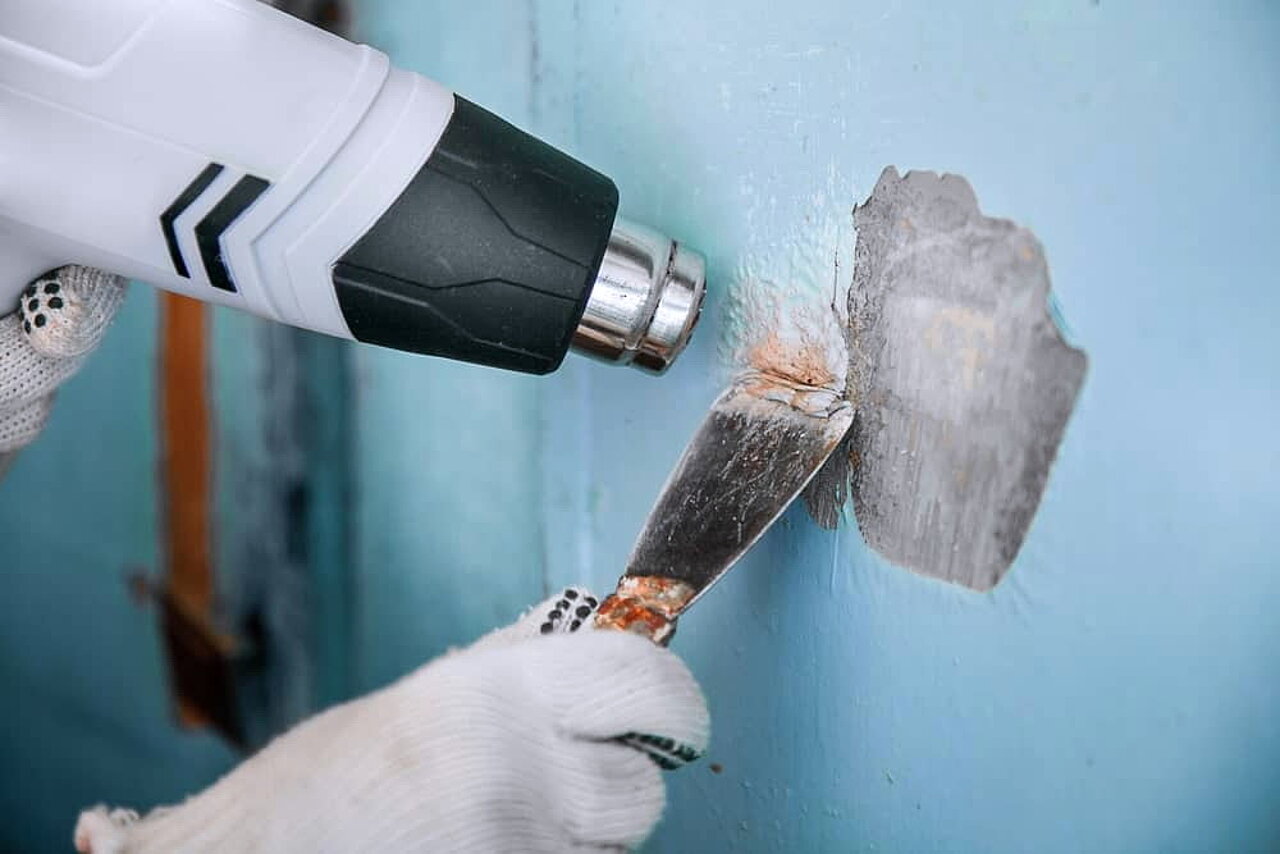Thermal paint stripping versus laser cleaning
For thermal paint stripping, temperatures are used that exceed the gasification point of the paint to be removed. This acts to decompose the organic components in the paint to dust. Normally speaking, this temperature sits somewhere between 380° and 450 °C.
LASER CLEANING Versus THERMAL CLEANING By Pyrolysis
Pyrolysis (thermal cleaning)
Pyrolysis or thermal Cleaning is an interesting technique for the cleaning of large quantities of parts or for hard to reach places like corners and edges. With this technique, the workpiece is placed in a pyrolysis oven and heated to a high temperature. The pollution, often carbon-based, evaporates, leaving the workpiece untouched. After ten or more hours in the oven, the pieces are clean. When using pyrolysis, you should always pay attention to thermal deformation of the pieces and to the change of the surface properties of the underlying layer. This technique can only be used when you are able to disassemble the workpiece to fit the parts into the oven. This is why pyrolysis isn’t suitable for large or solid surfaces. One of the typical applications is the cleaning of industrial baking trays, which are not so big, are used in large quantities and are frequently contaminated with organic components that are easy to evaporate. Sometimes, pyrolysis gets combined with a light form of sandblasting, which we call fluidized bed cleaning.
